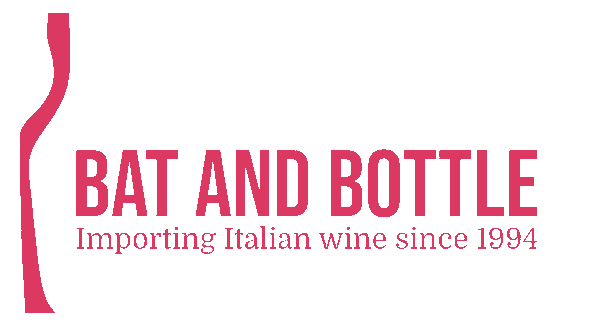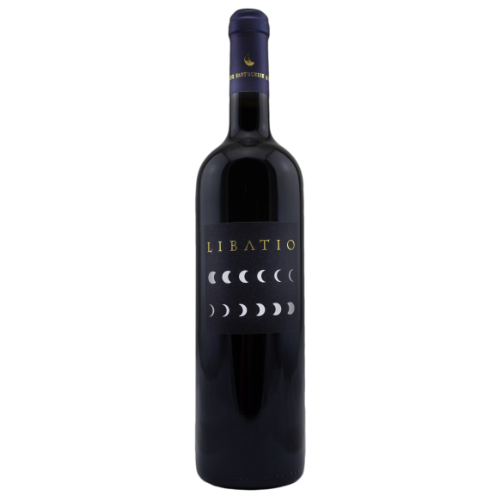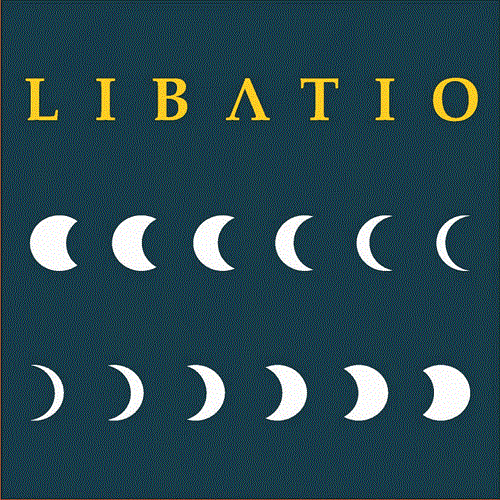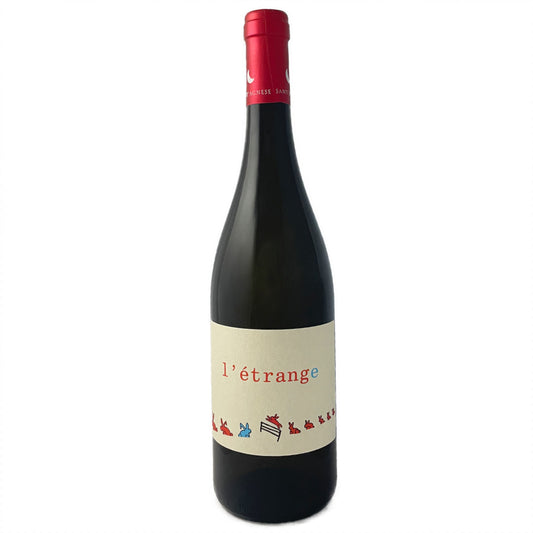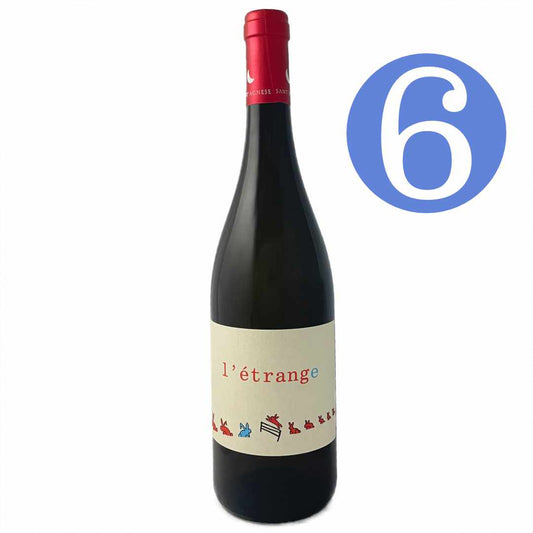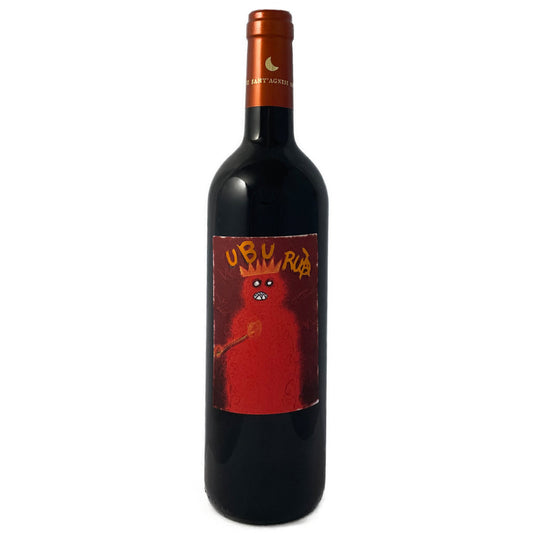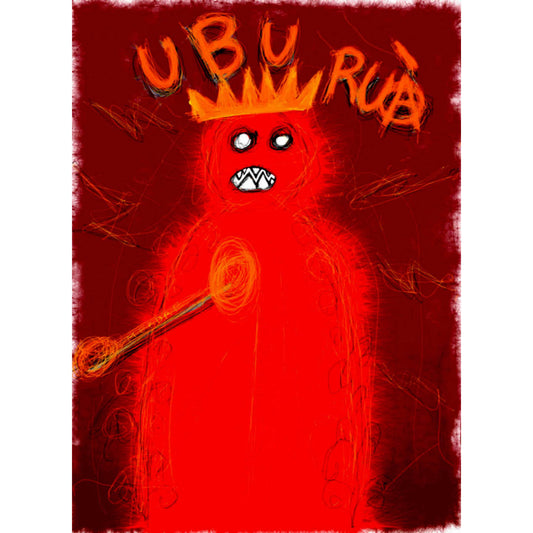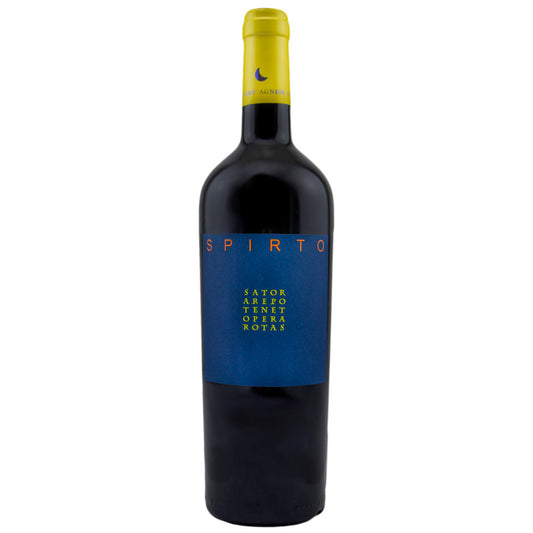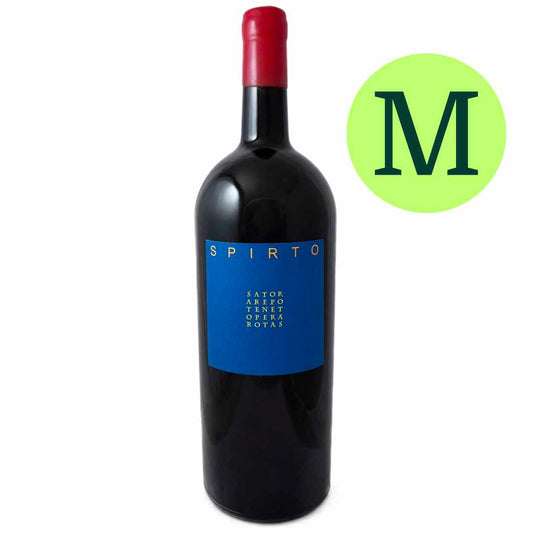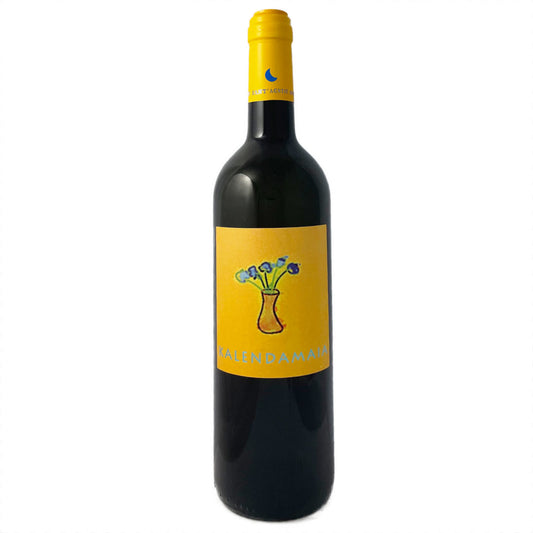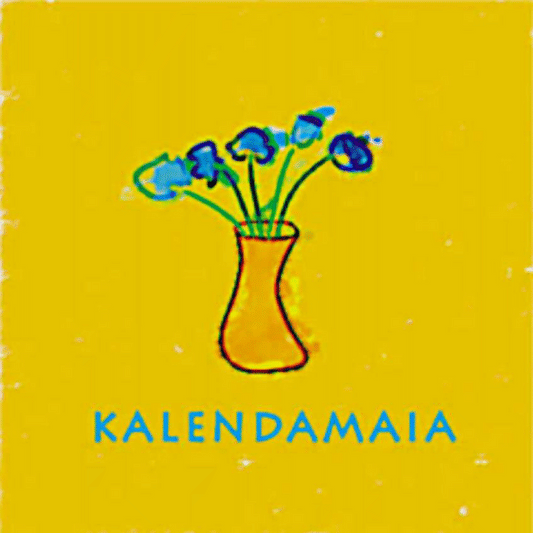Collection: Sant'Agnese
Piombino, Toscana
Paolo’s family moved to Piombino to escape the mêlée, the farmhouse was a ruin and in the middle of nowhere, the perfect place to find some peace and not too far from the beach either. The dream was never to make wine, Paolo was studying economics and his brother, Alessandro, design, but, by a series of unforeseen events, Sant’Agnese morphed into an extraordinary ‘garage’ producer. Paolo’s wines are brave and brilliant, bright and bold, there is a conviction about everything, and his unusual sensitivity to acidity explains why he is picking when most have finished making their wines. Alessandro’s labels are a statement of intent. This is artisan, modernism with minimal and basic equipment at its best.
Few have stumbled on Val di Cornia, and this is why Paolo has opted to de-classify his wines to Toscana IGT. To the north is the uber fashionable Bolgheri and to the south Maremma; fame awaits, possibly.
SQNPI Certified

-
Sant'Agnese. Sangiovese 'Libatio'
Regular price From £27.50Regular price -
Sant'Agnese. Vermentino 'l'Etrange'
Regular price From £27.50Regular price£27.50Sale price From £27.50 -
Sant'Agnese. Merlot 'Ubu'
Regular price From £19.50Regular price£19.50Sale price From £19.50 -
Sant'Agnese. Merlot 'Spirto'
Regular price From £38.00Regular price£38.00Sale price From £38.00 -
Sant'Agnese. Vermentino 'Kalendamaia'
Regular price £18.50Regular price
